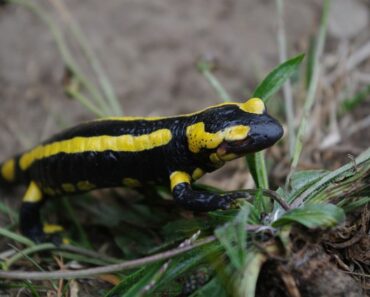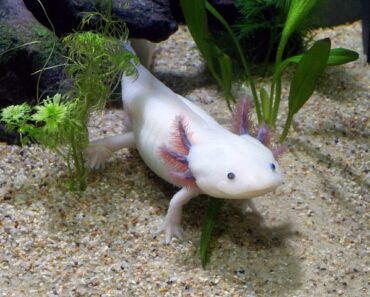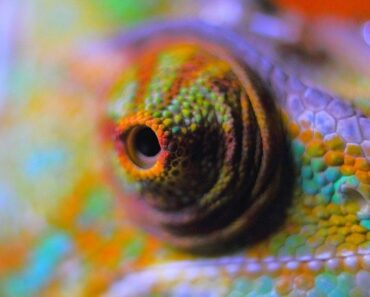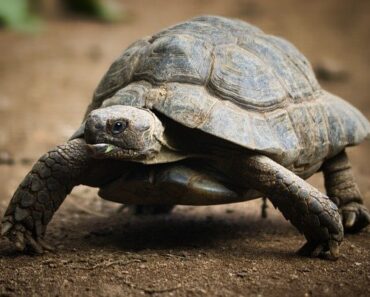You wish to domesticate a snake, but you don’t know how to go about it, which species to choose? You have always dreamed of seeing a reptile evolve? Reptiles need a care, a habitat sometimes atypical. Thus, you need to know, in details, the characteristics, the particularities of the species you wish to acquire.
We present you today the corn snake, a small harmless snake. This snake is very easily domesticated. This species is simply perfect to get acquainted with reptiles. But what is its history and evolution? What is the character of the corn snake? How does it behave in everyday life? What is its physical appearance? How to take care of this species on a daily basis? Zoom in on the corn snake from every angle.
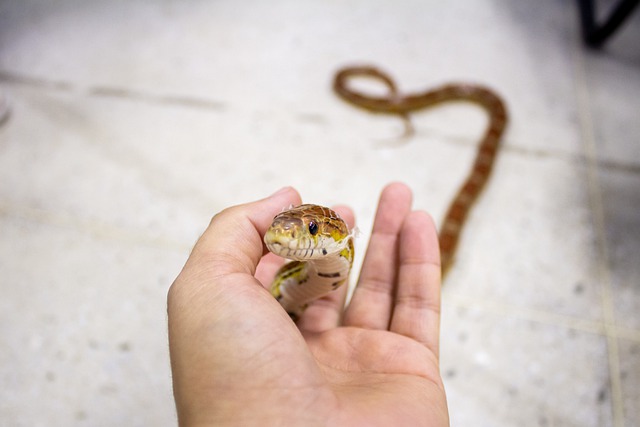
The origins of the corn snake
The corn snake was classified for the very first time in 1766, by the naturalist Carl Linnaeus. This scientist gave it the name “Coluber guttatus”, meaning “speckled snake”. In 2002, it was named Corn Snake in English. Until 2002, it belonged to the family Elaphe Guttala. However, since 2002, the classifications have evolved: the corn snake is now considered as a Pantherophis.
This evolution within the classification comes from the origin of this species. If it is closer to the Elaphe by its characteristics, it comes from the United States, like all Pantherophis. In 2002, a classification between the species from the Americas and Asia was made. The Pantherophis then includes all species of snakes originating from the United States. The scientific name of the corn snake is now Pantherophis guttatus. Its domestication appeared very early, since this diurnal snake is very active, small in size but especially harmless.
The character of the corn snake
The character of the corn snake allows a simple domestication. Choosing this species to begin with is ideal, since this snake is relatively calm. Bites are very rare, except in cases of intense stress of the animal. The rare bites that can occur are not painful, compared to other snakes or pets.
Behaviorally, the corn snake is active during the day, but especially in the evening. It is in the evenings that you will observe the corn snake in motion.
This species is not prone to sudden changes in behavior, however you may observe some differences. During its digestion for example, the corn snake will be more fearful, more hidden in its shelter. In the same way, during the moult, this species will feel vulnerable and will withdraw: you will then observe it more rarely in activity.
The corn snake is known for its calmness, but it can sometimes have defensive behaviors, more than aggressive. Moulting periods, changes of habitat and egg-laying periods can be more difficult for the animal.
The physique of the corn snake
The corn snake is a small snake: as an adult, it will measure between 80 and 120 centimeters. Some specimens, rarer, will reach 1.50 m. It has the particularity to grow throughout its life. The growth will simply be slower, after a certain age.
This speckled snake has various colors that vary over time. The coat is particular: it is composed of the bottom, the saddles, the edges and the lateral spots. The bottom is the color of the whole snake, the saddles are the big spots which characterize it, the circumference of the spots is generally darker than the saddles. The lateral spots, located under the snake, will be lighter.
The corn snake is a constrictor snake: it will kill its prey by suffocation. The domesticated corn snake can live more than 15 years, sometimes even 20 years.
The corn snake in everyday life
To take care of your corn snake, a certain amount of equipment is necessary. A terrarium, about 90 centimeters long, a heating system and a thermostat, hiding places or shelter, a water source but also substrate. For the corn snake, you don’t need sand, a substrate such as bark will be perfect.
Once the corn snake is installed, you will have to feed it. This feeding will depend on the age of your snake. Before 8 months, you will have to feed your snake every 7 days, then beyond 1 year, your snake will have to be fed every 15 days. After 2 years of age, your snake may only be fed once every three weeks.
The corn snake will be particularly fond of mice, frozen or not. Mice must be small, less than 30 grams. Beyond that, rats or large mice are reserved for larger specimens. The latter can also consume chicks.
During the moulting period, your snake will refuse to eat, that’s a fact. As soon as the molt is over, you will be able to feed it again.
Feeding is directly related to hibernation. You can hibernate your snakes or not, depending on your choice. A snake that hibernates will be more fertile! It is up to you to decide if you want to have young or not. For hibernation, you must stop feeding and lower the temperature of the vivarium progressively to reach 18 °C, in November. Until the end of hibernation, in February, you must guarantee your snake access to water. Beyond that, you must not disturb it.
To remember! The corn snake is a docile snake, easy to live with and not very aggressive. It is lively and very aesthetic. You can observe it every day, without risk. Its daily maintenance, its food, its habitat do not require specific knowledge on reptiles. The corn snake will be an atypical pet, which will amaze young and old.

